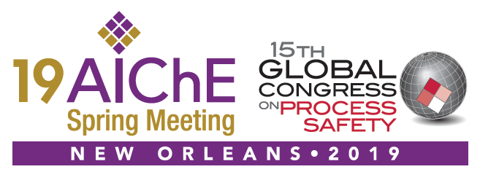

Weak control of human factors leads directly to error. An error can result in an initiating event of an accident sequence (directly by the mistake made or indirectly, such as by a process control loop failing prematurely). Human error is also the cause of failure of each layer of protection. This paper discusses each of the 10 primary human factors and describes what we know about their relative importance in accident causation. The data presented is from basic research by the authors on the root causes of more than 15,000 accidents and near misses; and also based on the review of thousands of accidents analyzed by others and on summary data from many companies. This paper lists where focus should be placed (i.e., which human factors tend to be key) and provides proven ways to optimize these human factors so that the base human error rate at a site is as low as possible. Tie in to other applications, such as determining the probability of human error for risk analysis is also presented. Case studies and examples are used to illustrate key points. This paper is a follow-on to Human Factors Elements Missing from Process Safety Management (PSM), presented in 2010 at the 6th Global Congress on Process Safety, AICHE.
Presenter(s)
Once the content has been viewed and you have attested to it, you will be able to download and print a certificate for PDH credits.
If you have already viewed this content,
please click here
to login.
Language
Pricing
Individuals
| AIChE Member Credits | 0.5 |
| AIChE Pro Members | $19.00 |
| Employees of CCPS Member Companies | Free |
| AIChE Graduate Student Members | Free |
| AIChE Undergraduate Student Members | Free |
| AIChE Explorer Members | $29.00 |
| Non-Members | $29.00 |
